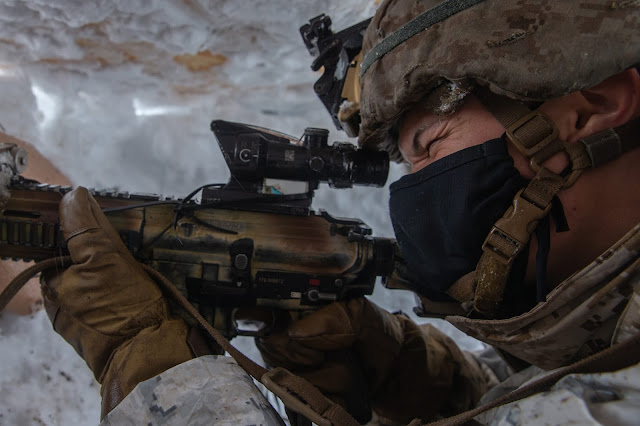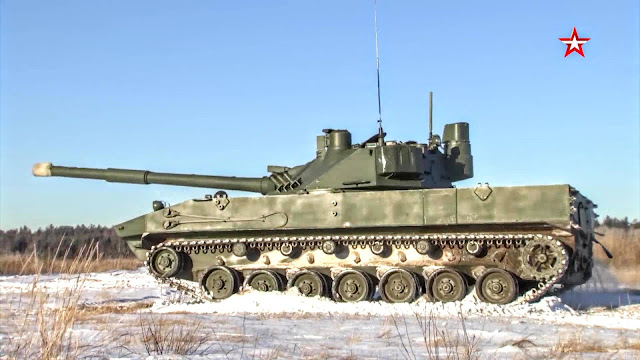Self-propelled howitzer designs from Israel, Serbia, and Sweden, as well as American models, will take part in a U.S. Army shoot-off at Yuma Proving Ground in Arizona early next year. The service is looking for new mobile artillery piece for its brigades equipped with Stryker wheeled armored vehicles, which are presently equipped with towed 155mm M777 howitzers.
The Army wants a wheeled howitzer that can keep up with its Stryker units, so the Israeli firm is shipping its 8x8 ATMOS gun to Yuma, where it’ll fire “hundreds of rounds.”
US Army soldiers will get to fire their Israeli counterparts’ newest howitzer early next year, when the Elbit ATMOS participates in a shoot off alongside rival guns. The weapon is already in service with the Israeli Defense Force and other nations; this will be its American debut.
All the competitors are 155mm howitzers mounted on trucks – typically six or eight-wheeled – and it’s an increasingly crowded field. While the Army isn’t announcing which companies have won contracts to come to the shoot off, there are reports of at least three other Army-approved competitors:
- AM General, maker of the iconic Humvee, is offering the Brutus, boasting a unique recoil-reduction system (built by Mandus Group) that lets them mount the gun on a relatively lightweight truck. (They already put a lighter 105mm gun on a Humvee). This is a brand-new system not in service with any army.
- BAE Systems, which builds the M2 Bradley and other heavy armored vehicles, is offering the Archer, built by its Swedish branch and already in service with the Swedish army.
- Global Military Products is offering a Serbian gun, the Yugoimport NORA. We frankly don’t know much about this one.
- And now there’s the Israeli ATMOS. Elbit, an up-and-coming company in Israel, is specifically bringing the same 8×8 configuration used by the Israeli Defense Force, nicknamed “Iron Sabre.”
Why so many foreign systems? Well, a wheeled self-propelled howitzer is something a lot of other armies use, but the US military hasn’t wanted until now. Many other nations – Russia, France, and Israel itself come to mind – rely heavily on wheeled armored fighting vehicles, which are generally much cheaper to buy and maintain than tracked ones.
The US Army’s heavy armored units, however, have long disdained wheeled armor and equipped themselves exclusively with tracked ones, even in supporting roles, because tracked machines can carry much more weight – especially armor – and move better over rough terrain. The Army is currently both modernizing its M109 Paladin howitzers and testing a next-generation Extended Range Cannon Artillery (ERCA) system, both heavy tracked machines built by BAE.
Full story - Israel’s Elbit Enters US Howitzer Shoot Off




















































